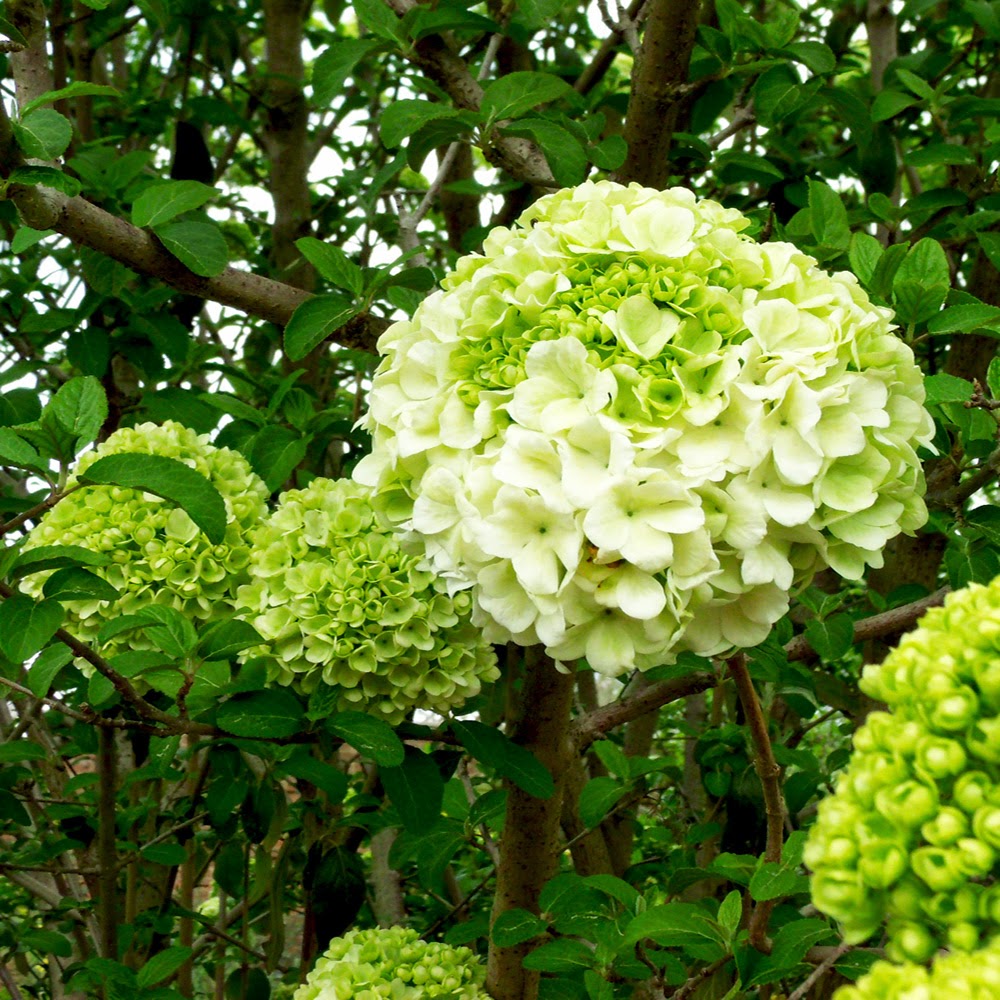 |
| © Dawn Gagnon Photography 2014 |
One drive through any South Carolina neighborhood and you are sure to see one flowering shrub during the summer months that stands out, the Hydrangea. With massive, vibrant blossoms that range in color from white, to blue to violet and pink, there are few show stoppers that can rival this plant in full bloom. Many are under the impression that the Hydrangea is a native flowering plant from the south, however its true origins are native to southern and eastern Asia and North and South America.
 |
| © Dawn Gagnon Photography |
One may assume because they see so many Hydrangeas thriving that the Hydrangea plant is an easy one to grow. To some extent the plant is easy to grow, however like many flowering shrubs, the Hydrangea has its preferences and must be “happy” where it is planted to do well. Hydrangeas are full sun to partial shade plants that seem to prefer moist, well-drained soil. Tip: For those living in the south, the Hydrangea seems to enjoy similar soils that the Azalea enjoys, although the Hydrangea can use a bit more sunshine than shade loving Azaleas.
| © Dawn Gagnon Photography |
Organic matter incorporated into the soil helps the Hydrangea thrive. The Hydrangea is a welcome sight in the summer months and enjoys growing in zones 5-9, however some types can tolerate zone 2 as well. The plant itself can grow fairly large so always factor in the placement of this beautiful addition to your garden, it needs plenty of spread room. The level of acidity in the soil affects the coloration of the blooms of the Hydrangea, typically, an acidic soil produces blue blooms, while a more alkaline soil yields a pink blossom.